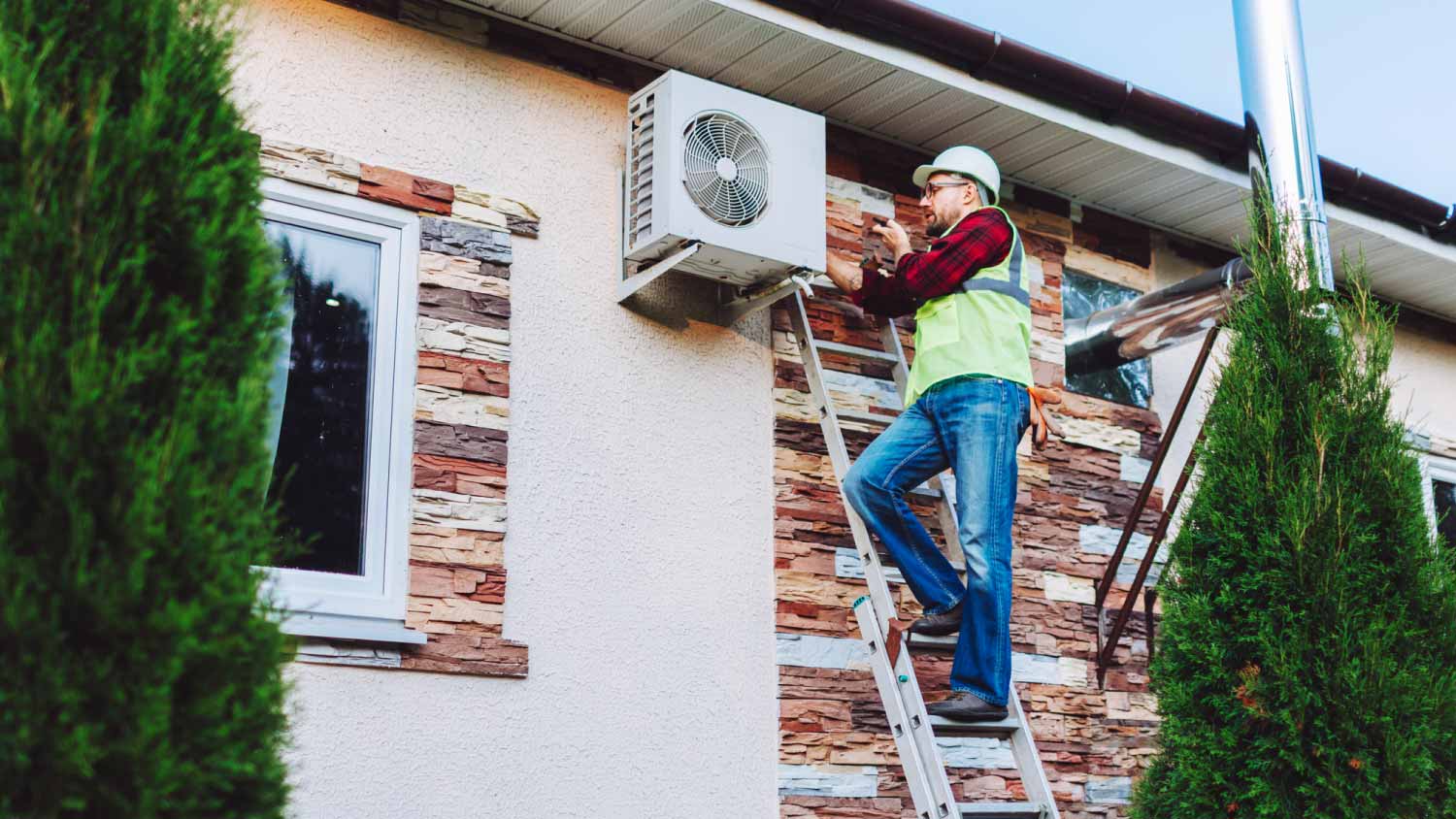
Cisterns can save you money and help the environment. So what’s the cost of a cistern and how does it compare to other rainwater collection systems?
When being under pressure is a good thing


When you turn on your faucets or water fixtures, your well delivers water using pressurized air. If your well pressure tank doesn’t have the correct air charge or settings, you might deal with inconsistent water flow and pressure. With a few simple steps, however, you can easily check and set your well pressure tank.
A few signs can point to issues with your well tank’s pressure charge, such as frequent on-off well pump cycling and low water pressure. Besides disrupting your shower, laundry, or any other water-based chores, incorrect well pressure tank settings can lead to unnecessary wear and tear and premature well tank replacement. If you notice any of these issues, checking and resetting your well pressure tank is a low-effort troubleshooting step.

To check and set a well pressure tank, the tank and well pump must be disconnected from any power source to avoid unnecessary wear on the pump and its components. If you haven’t installed your well pressure tank yet, you won’t need to do anything at this step. If you’re working with a well tank that’s already been installed, disconnect the pump from power by shutting off the breaker at the electricity panel. Keep the power off until you’re done checking and setting the tank.
Draining the well tank of all water is also key to this process. If you don’t drain the tank, any reading you get is based on the pressure of the water in the tank at that time and not what the tank is actually pressurized to. As such, any pressure reading you get won’t be accurate.
Make sure to shut off the main valve during this step to prevent the plumbing system from draining back. To drain the well tank, connect a garden hose to the boiler drain, which is usually located at the bottom of the tank, and turn the drain on to let water flow from the end of your hose outside. If you can’t access the boiler drain or the tank doesn’t have one, you can also turn on any faucet in your home and run water until the pressure switch reads at 0 PSI.

To test your well pressure tank, you will need a pressure gauge. A specialized well pressure gauge is great, but a tire pressure gauge works as long as it fits a standard Schrader valve that you find on most bike or car tires.
On most tanks, you can find the valve either at the top of the tank or near the base. Unscrew the valve cap, and press the tire gauge down to measure the air pressure. Screw the cap back on.
Now that you’ve measured the pressure of the well tank, you can compare it to the ideal pressure setting and make adjustments as needed.
The ideal pressure setting for your well tank depends on the pressure switch setting. Pressure switch settings feature a low and high PSI, with these numbers indicating the range of pressure to trigger the pressure switch on. The pressure of your tank should be 2 PSI below the low-end number. You can find your pressure switch settings inside the cover of the pressure switch.
Use this list to determine the right well pressure tank air charge PSI based on the pressure switch setting:
20/40 PSI = 18 PSI
30/50 PSI = 28 PSI
40/60 PSI = 38 PSI
For example, if your pressure switch settings are 30/50, and your well tank air charge measured at less than 28 PSI, you’ll need to add air to make up the difference. Attach an electric air compressor to the same valve you used to check the air pressure, and add air to the tank to reach 28 PSI (but don’t exceed that number). Wait a few minutes, recheck the air pressure to ensure there are no air leaks, then screw the cap back on. If you find the air pressure is too high, press the valve to release air to the appropriate level.
If you already have a pressure gauge and air compressor handy or can borrow these tools, setting your well pressure tank on your own is a simple DIY task that you can accomplish in less than an hour.
If you’re having a well tank and pump installed by a professional, they’ll likely configure all your settings for you as part of the installation service. If you’re having water flow issues with an existing well and find that resetting the well pressure tank doesn’t resolve the issue, a local well contractor can help you with troubleshooting and repairs at their regular labor rate.
From average costs to expert advice, get all the answers you need to get your job done.

Cisterns can save you money and help the environment. So what’s the cost of a cistern and how does it compare to other rainwater collection systems?

Find out the average heat pump repair cost, what impacts pricing, and how to save. Get transparent estimates and tips for homeowners planning repairs.

Your solar well pump cost depends on your well depth and flow rate. Explore these cost factors and more to budget for an eco-friendly pump.

Learn about the different types of water pumps for your home and their benefits. Find the best solutions for your water management needs.

Learning how to get the air out of the water lines from your well is an easy DIY fix. Follow the steps in our guide to remedy this problem like a pro.

Keep your water flowing and discover what causes air in water pipes with a well. Learn the signs of trouble and what to do if your well pump is acting up.